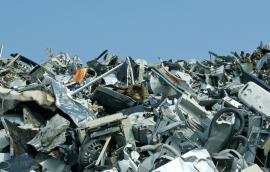Tax Reform, Growth, and Efficiency
On Feb. 24, 2015, public finance fellow John Diamond testified on tax reform before U.S. Senate Finance Committee.
John W. Diamond February 24, 2015






While marijuana is currently prohibited in Texas, it is only a matter of time before medical and recreational use is…

By Alvaro Nuñez Solis, Leader, Recicla Electronicos Mexico, and 2012 Americas Project Fellow
Everybody consumes electronic…


